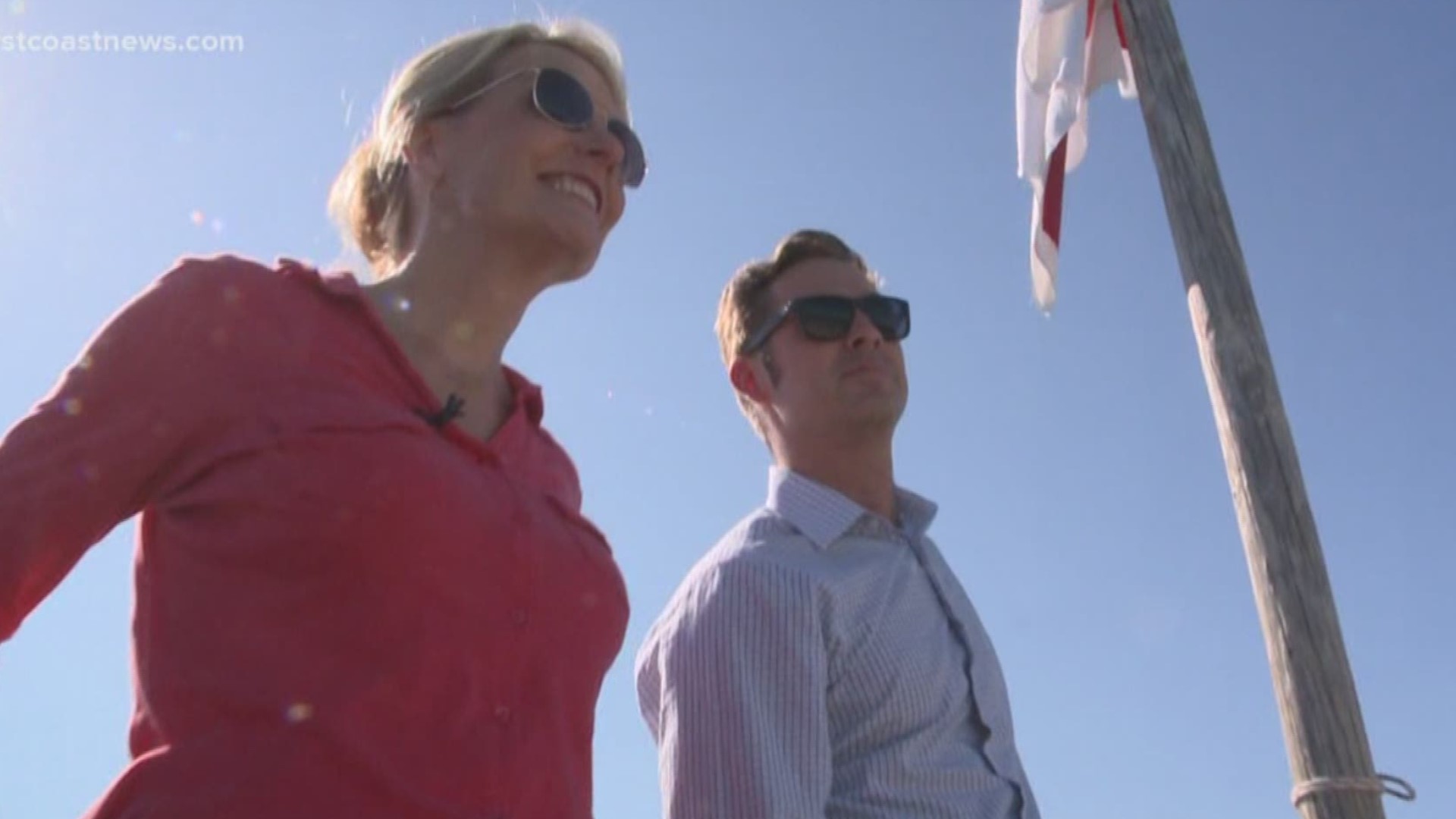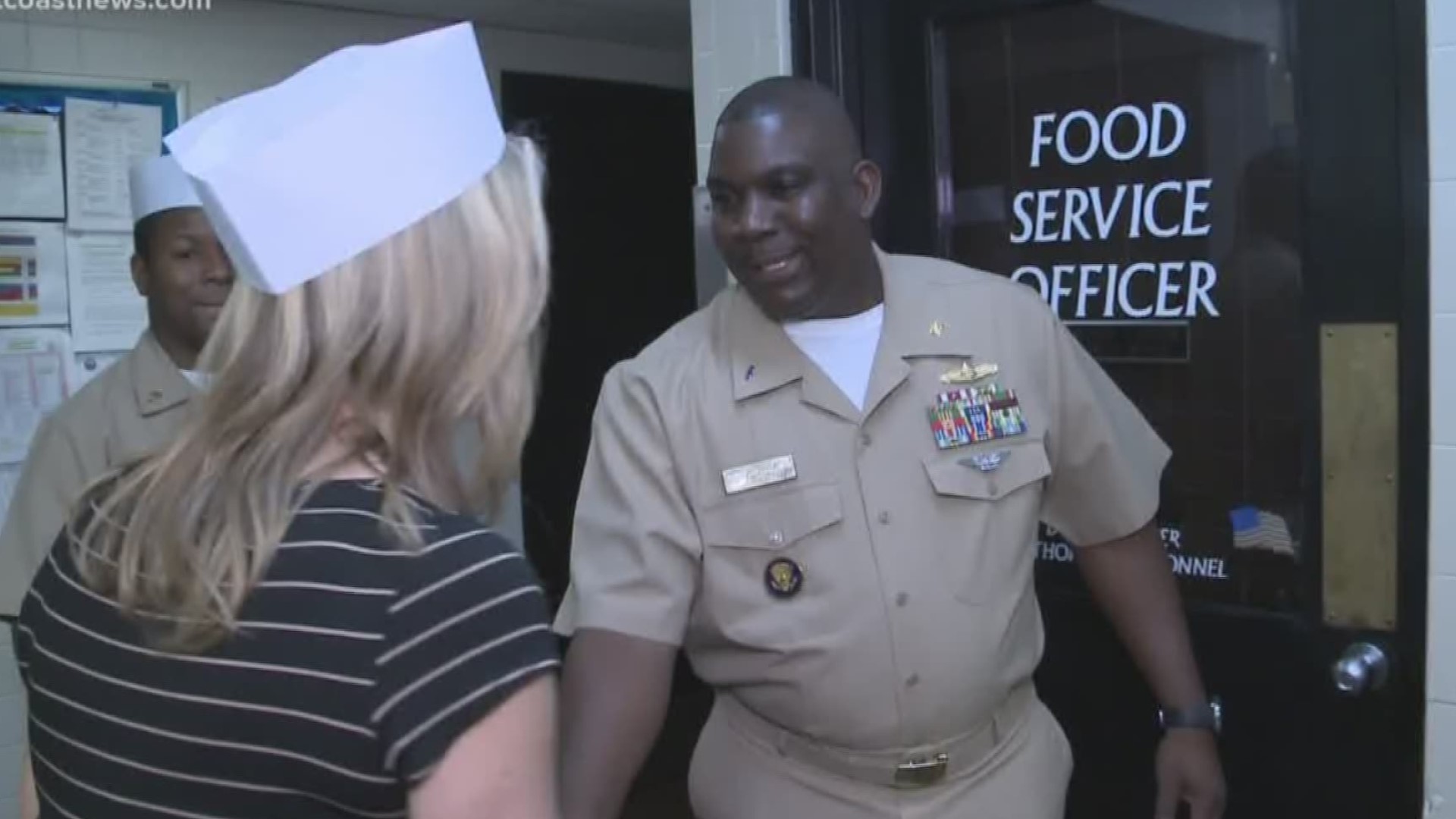ST. AUGUSTINE, Fla. — Written by Lewis Turner and Jessica Clark as part of their exploratory series 'Lewis & Clark.' Have suggestions for places they should check out? Email news@firstcoastnews.com.
In southern St. Johns County, just south of Crescent Beach, is the entrance to the Fort Matanzas National Monument.
You can park free and take a ferry ride over to the Fort for a tour.
"The fortress itself was built by the Spanish empire," said guide Chris Leverett.
It was built in 1742 to help the Spanish guard the Matanzas Inlet, and protect St. Augustine from the British or other invaders from the south. It's history has been closely intertwined with that of the city of St. Augustine and the Castillo de San Marcos
"It's roughly 18 miles from here to St. Augustine by river," Leverett said.
It's a tiny fort, especially compared to the Castillo de San Marcos in downtown St. Augustine. For comparison, several forts the size of Fort Matanzas could fit inside of the fort in downtown St. Augustine.
"I almost feel bad calling it cute because..." Lewis Turner started.
"...because you're kind of putting it down?" Jessica Clark finished.
"Maybe. Yeah," Turner laughed.
Two of the cannons at the fort now are from the 1700s. They would have been able to fired a cannonball about a mile, but it wasn't very effective.
"Little or no accuracy at that distance, but they could still splash a cannonball near a boat and scare them," Leverett said.
Fort Matanzas has only two rooms now despite the fact that Leverett says an average of seven people at a time lived inside.
"One paranoid point in the fort’s history, there were 33 people out here," Leverett says.
And to get to the roof, you have to climb a ladder and squeeze through a narrow hole in the ceiling.
From the roof, you have a good view of any possible enemy arrival such as the British, the French, or even pirates. The view today is spectacular. You can see the Matanzas River, the inlet, the ocean and an abundance of trees.
Speaking of views, the whole Fort is a beautiful place to bask in the beauty of nature. The park is located on barrier islands along the Matanzas estuary which helps to provide a natural habitat with a diverse ecosystem.
Salt marsh, scrub, and maritime hammock now protect endangered and threatened species in the area.
If you want to spend a day immersing yourself in some pretty cool history or perhaps just spend some time enjoying the North Florida outdoors, Fort Matanzas National Monument makes for a great destination.
Until next time,
Lewis & Clark



